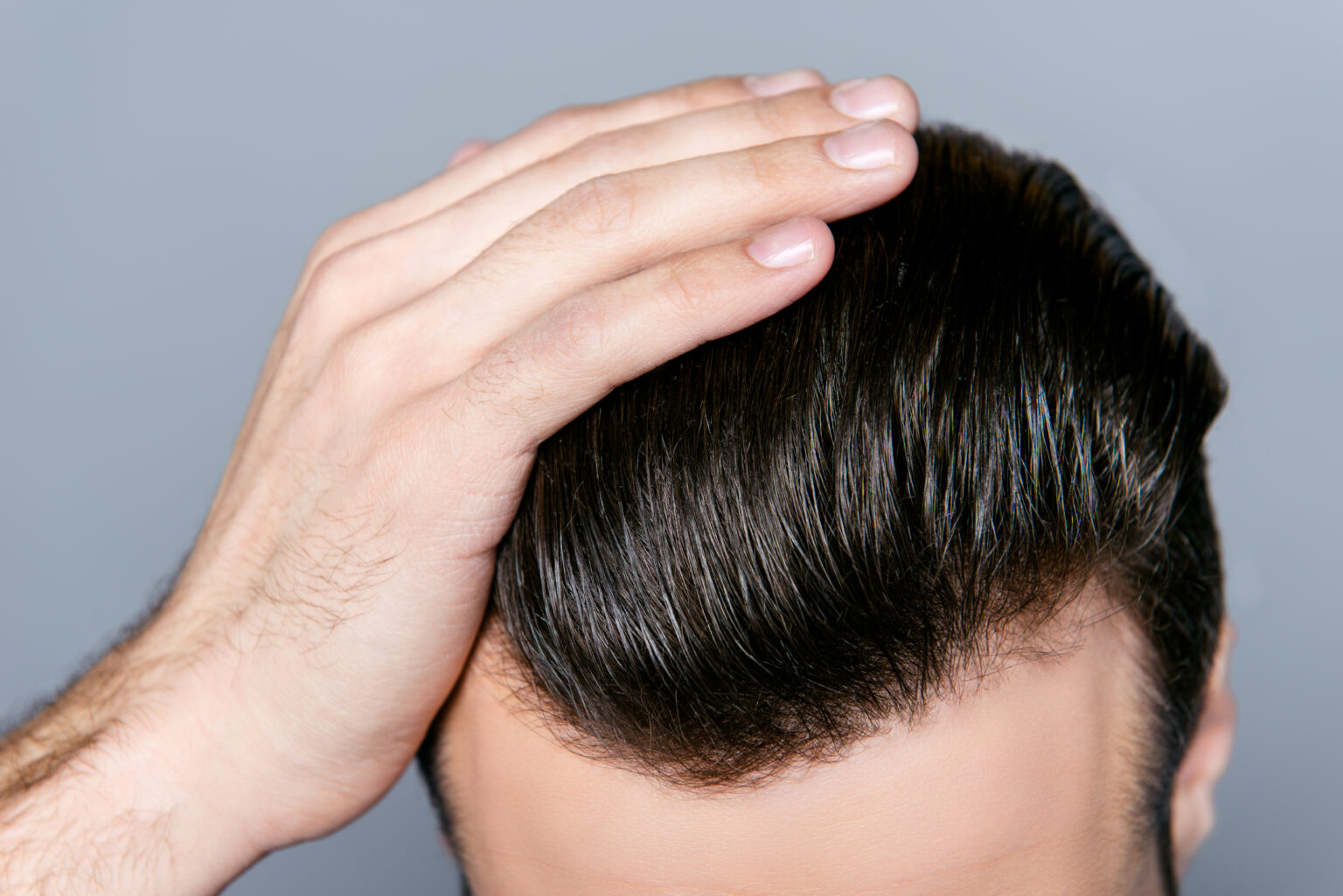Hair loss affects millions of people all over the world, and it can be a source of personal frustration and insecurity. Have you ever wondered why hair thinning and balding occur? In this article, we’ll explore some of the common causes of hair loss in men. We’ll also look at potential treatments that can help to restore your luscious locks!
Common causes of hair loss
Hair loss is a common problem that many people experience at some point in their lives. It’s only natural to worry about it, but did you know the most common causes of hair loss in men are genetics, age, and hormones?
Furthermore, statistics show that men can begin losing their hair at around 35. And nearly 85% of men will experience obvious hair loss, to some degree, by the age of 50. Male pattern baldness is the most common form of hair loss in men—which affects about 30% to 50 % of the male population.
Genetics
One of the most common causes of hair loss is hereditary or genetics. For example, if your parents and grandparents have issues with male pattern balding, then you’re more likely to struggle with it, too. In fact, two-thirds of men who experience hair loss are genetically predisposed to it!
Age
As we age, our hair tends to thin out. This is due to a wide variety of factors, including genetics, hormones, and even stress. If you’re starting to notice your hair thinning around the temples or on the crown of your head, it’s likely a normal part of aging.
Hormones
The male body tends to produce less testosterone as it ages. This low t-count (low testosterone) is significantly related to hair loss in men, but it can also affect sexual stamina and can even lead to erectile dysfunction, among other health-related issues.
Common treatments for hair loss in men
Whether it’s due to genetics, age, hormone changes, stress, or other causes, hair loss can be a challenging experience for anyone. But don’t worry—there are many kinds of treatments available. Some are available over the counter, while others must be prescribed by a doctor. Here are some of the most common treatments for men’s hair restoration.
- Minoxidil – This topical ointment is a vasodilator that helps increase blood flow to the scalp and nourish hair follicles.
- Finasteride – Finasteride is a prescription medication that blocks male hormones from converting into DHT, a chemical that can eventually lead to hair loss in men.
- Dutasteride – Dutasteride is another doctor-prescribed medication that blocks both male hormones and DHT from converting into 5-alpha-reductase, which is also linked to hair loss in men.
- Propecia – Another common treatment for men’s hair restoration is Propecia. This pill is taken daily and also works by blocking the body’s hormones from converting testosterone into DHT.
- Shampoo treatments – Certain medicated shampoos and conditioners can help reduce hair thinning when properly applied to the scalp. Be sure to read the directions. Most recommend using them only once or twice a week. The right medicated shampoo can produce tremendous results for men’s hair restoration.
- Hair Transplantation – If topical ointments and over-the-counter medications are hot providing the desired results, hair transplantation may be the perfect solution. Transplantation is a surgical procedure in which the hair follicles are removed from the back of the head and transplanted to bald spots in other areas. Doctors originally designed this procedure for people with extensive balding, thinning, or alopecia issues.
- Exosomes – Exosomes therapy for hair loss in men is an exciting new procedure that is non-invasive and offers lasting results. Exosome therapy works by stimulating the growth of existing follicles to encourage the regeneration of dormant follicles to restore hair thickness and density to the scalp. During exosome therapy, a clinician takes a sample of the patient’s blood and isolates its regenerative stem cells. These stem cells are then mixed with exosomes, which are tiny nanovesicles secreted by the body’s own cells with special healing properties.
- PRP Hair Restoration – PRP (Platelet Rich Plasma) hair restoration is a non-surgical procedure that uses the patient’s own blood to stimulate new cell growth and promote healing. It works by injecting a concentrated dose of platelets from the patient’s own blood into the scalp, which triggers new hair follicles to form and helps existing hair to become thicker and healthier.
Hair loss is a familiar problem among men of all ages. However, there are several treatments available that will slow, stop, and even reverse the process entirely. For more information on hair loss in men—and the many available treatments— contact The Medical Man Cave today!
